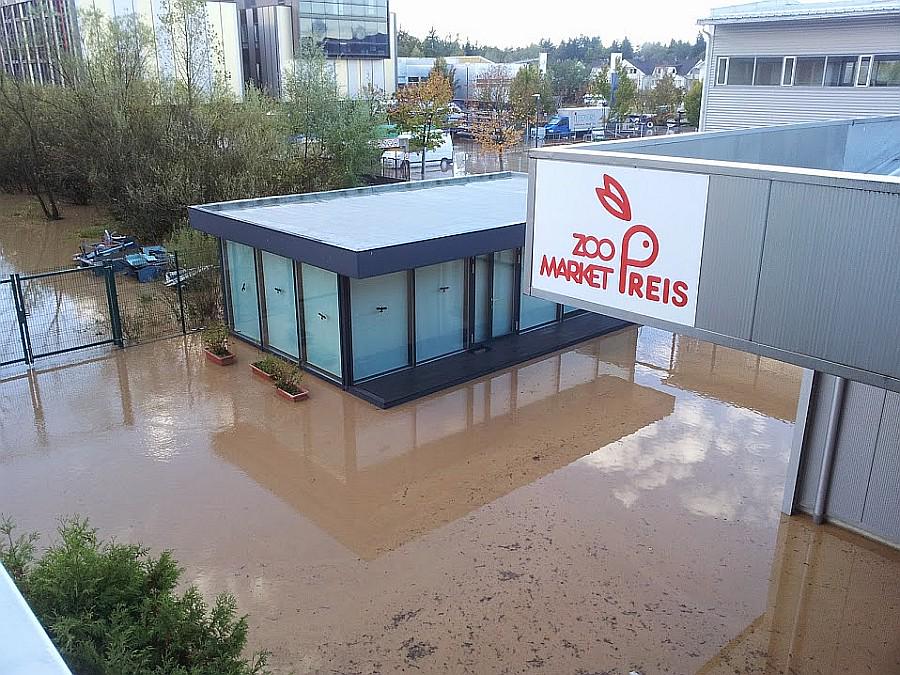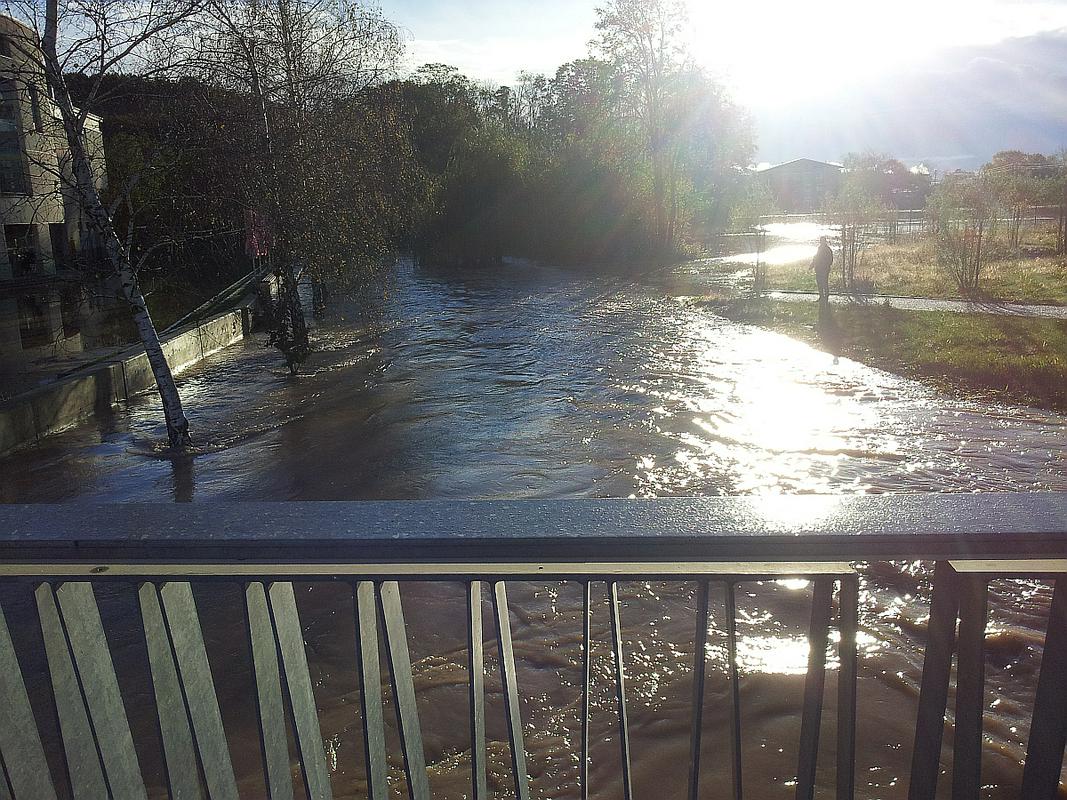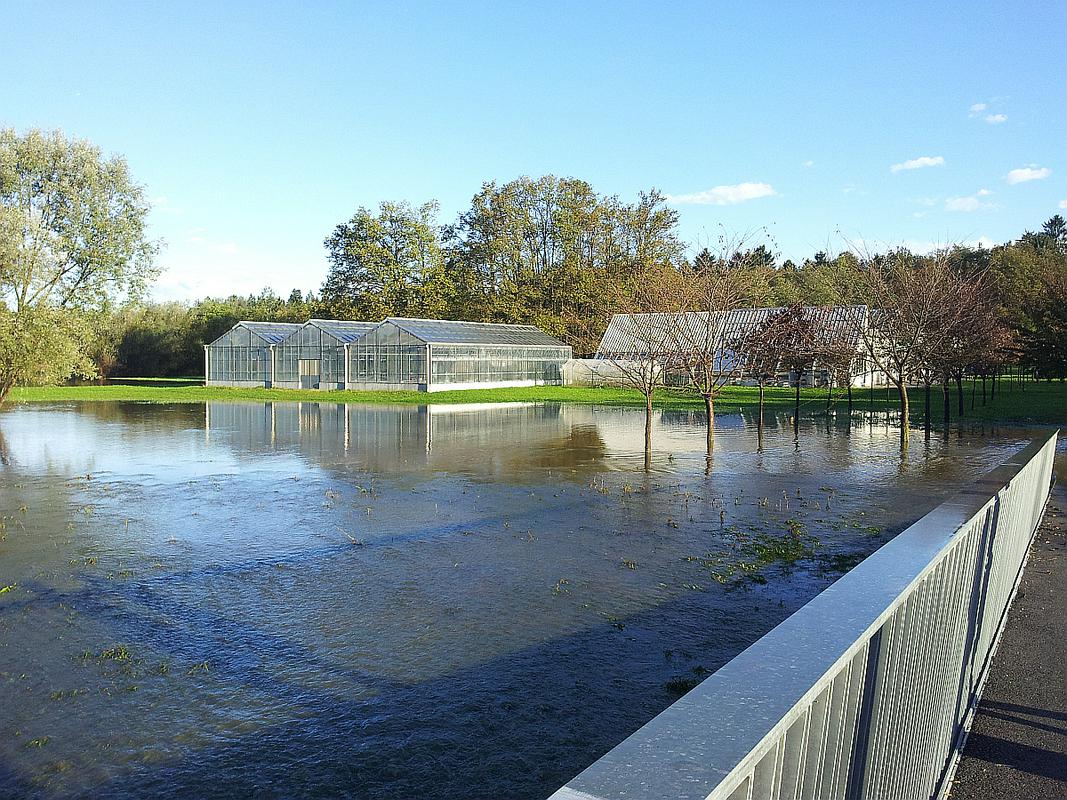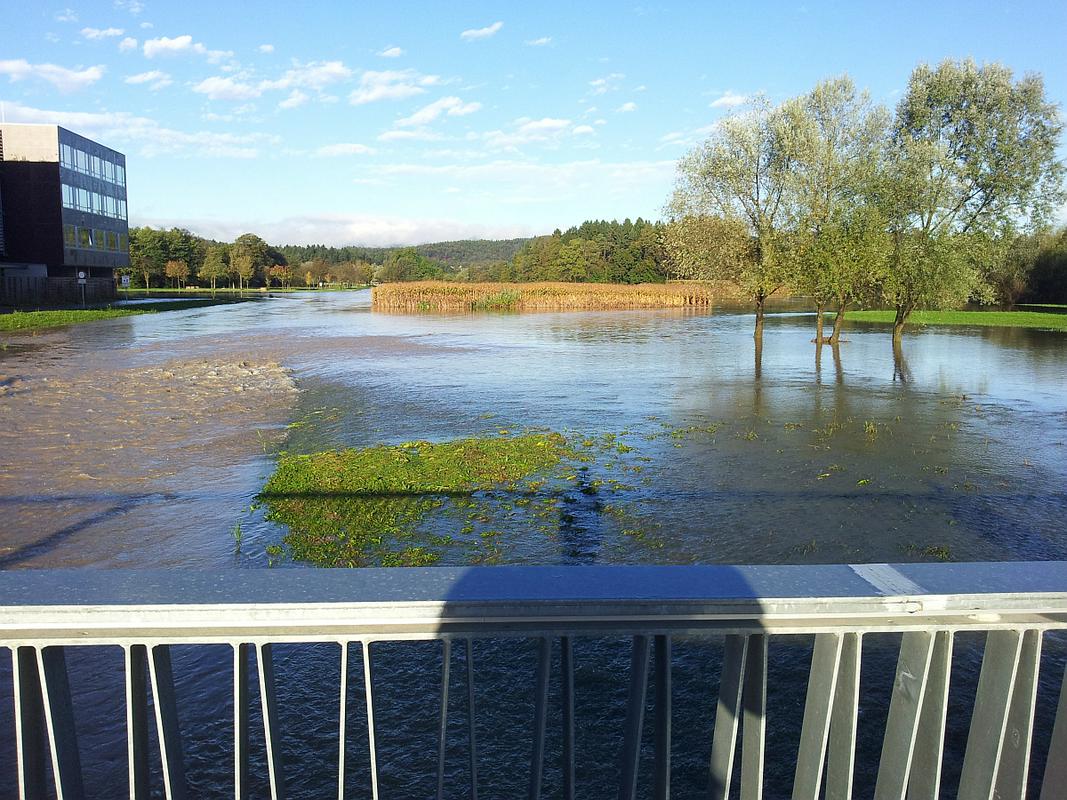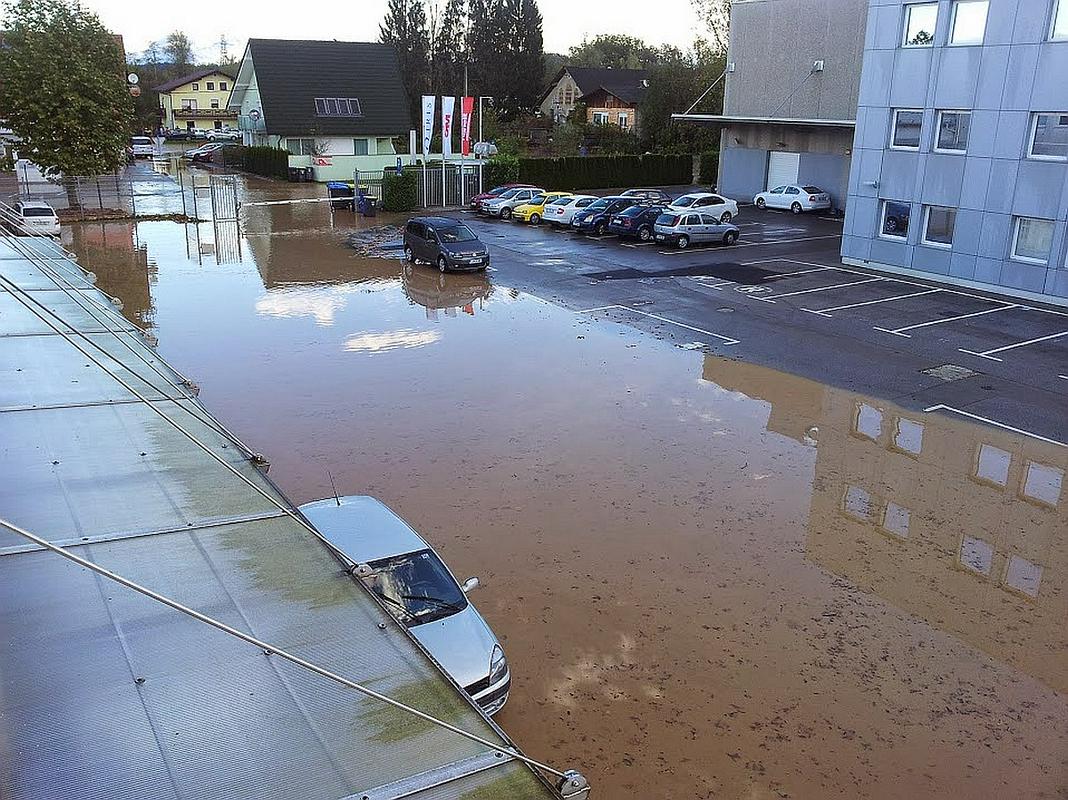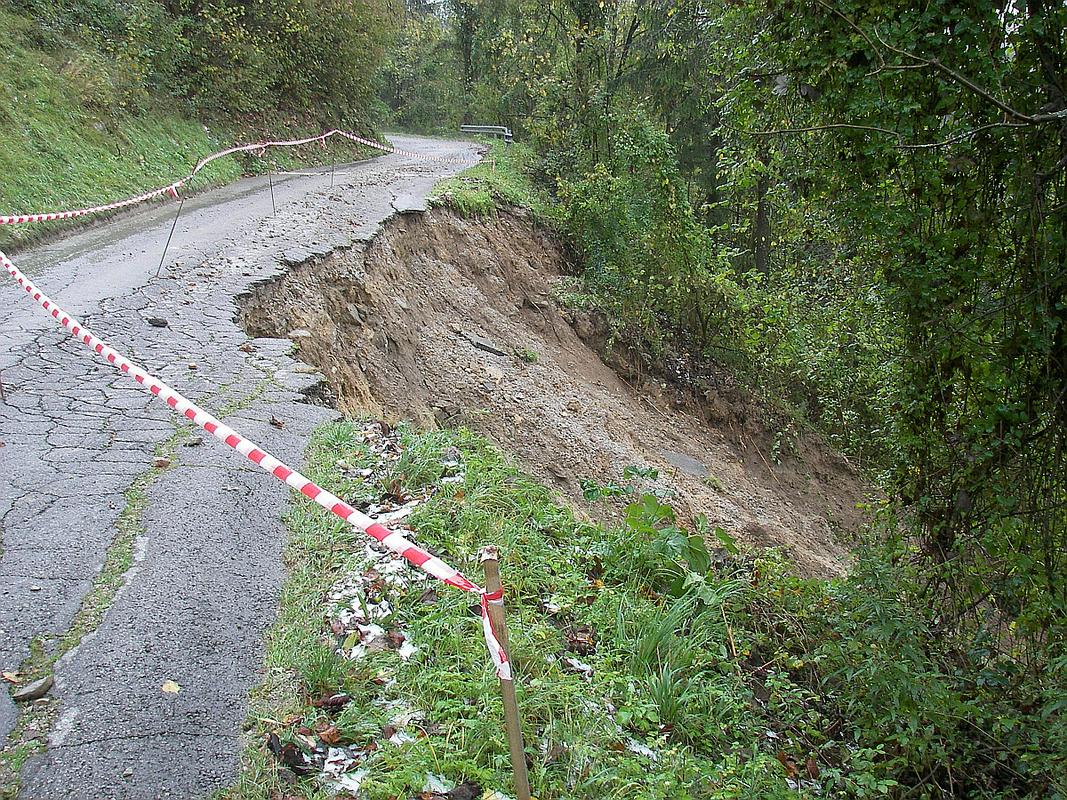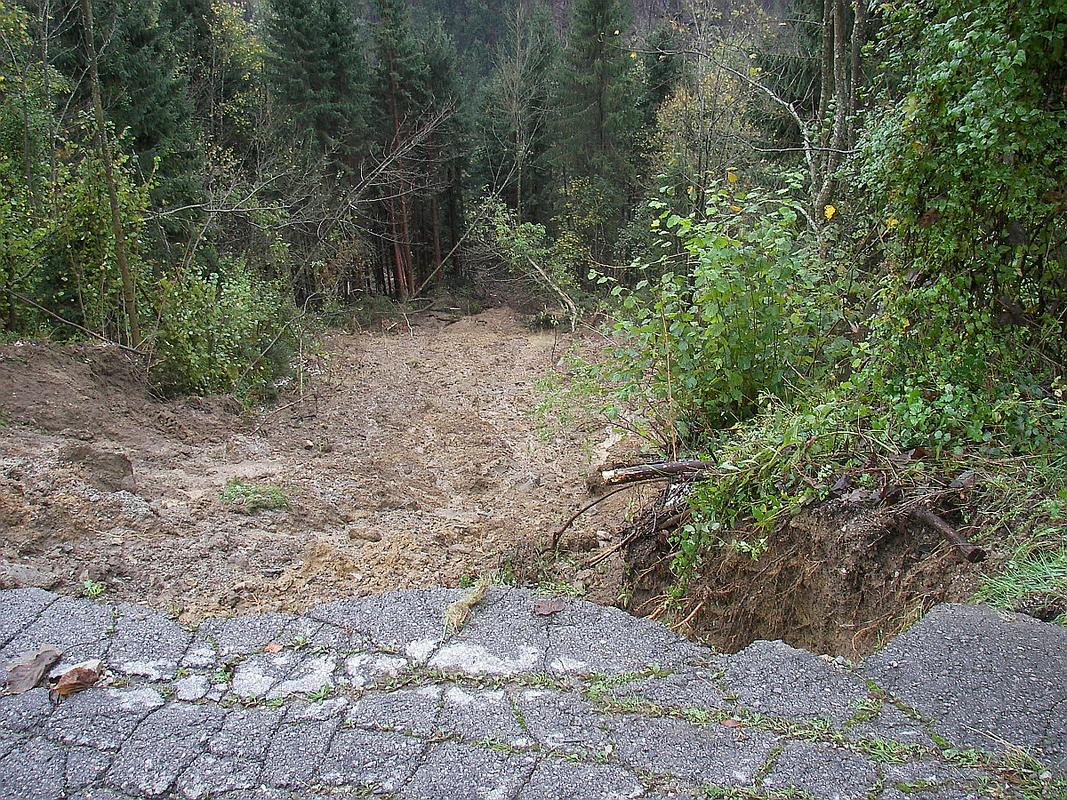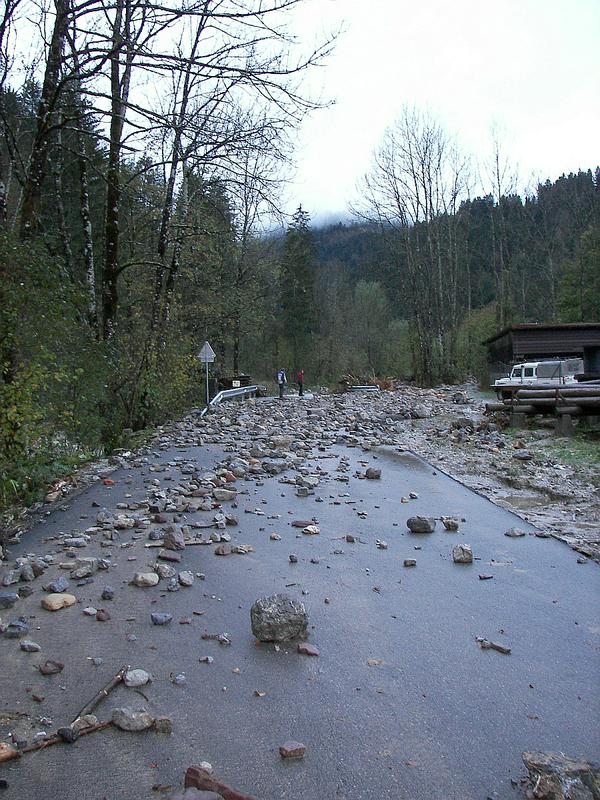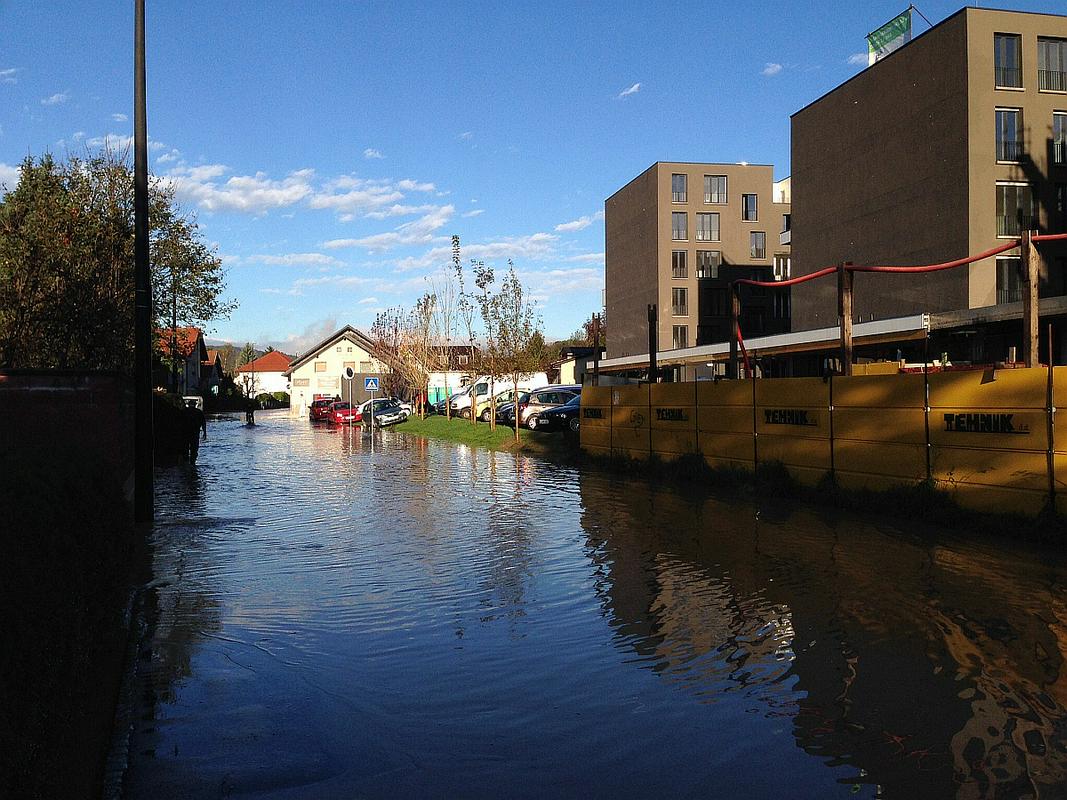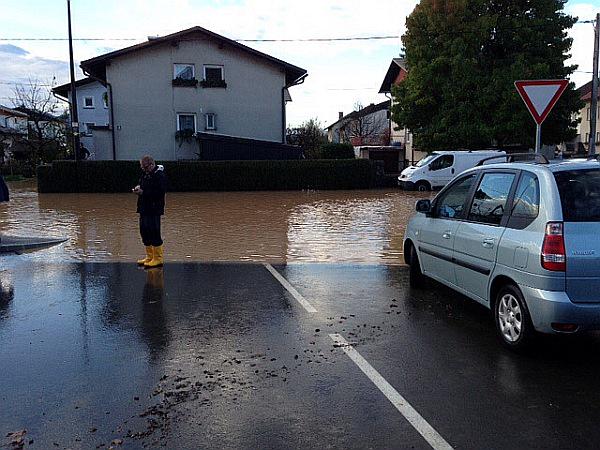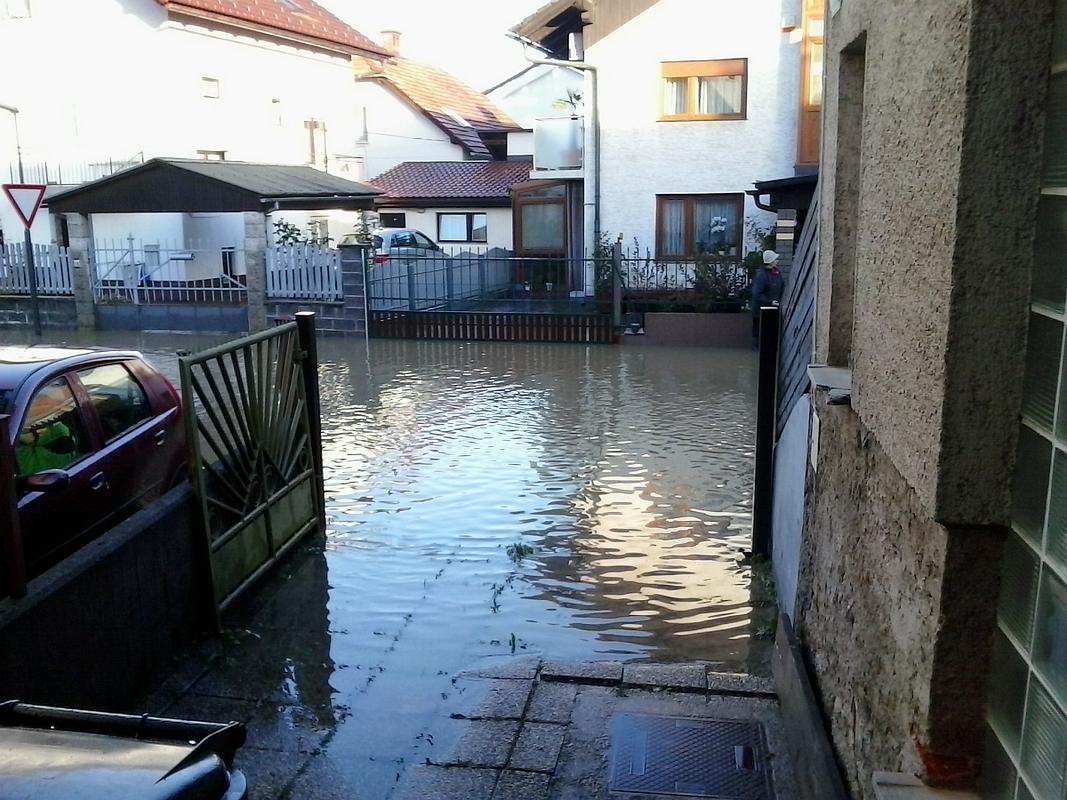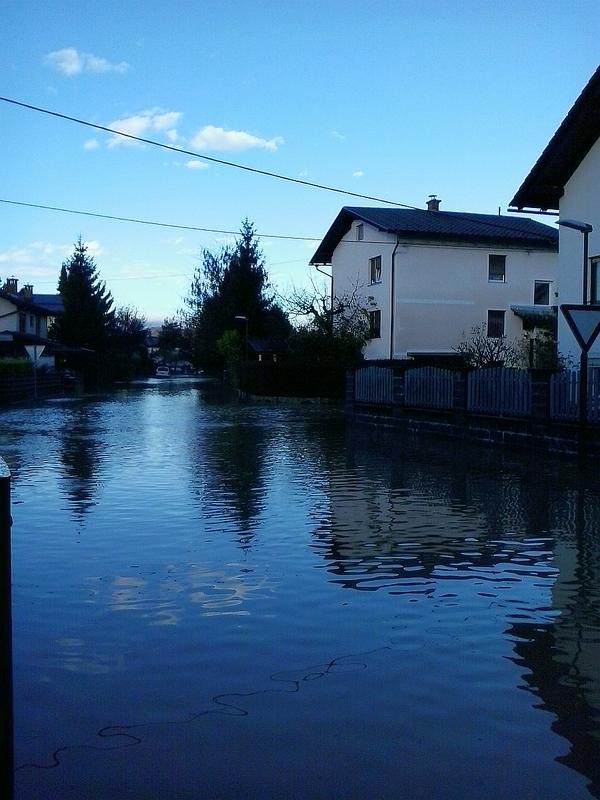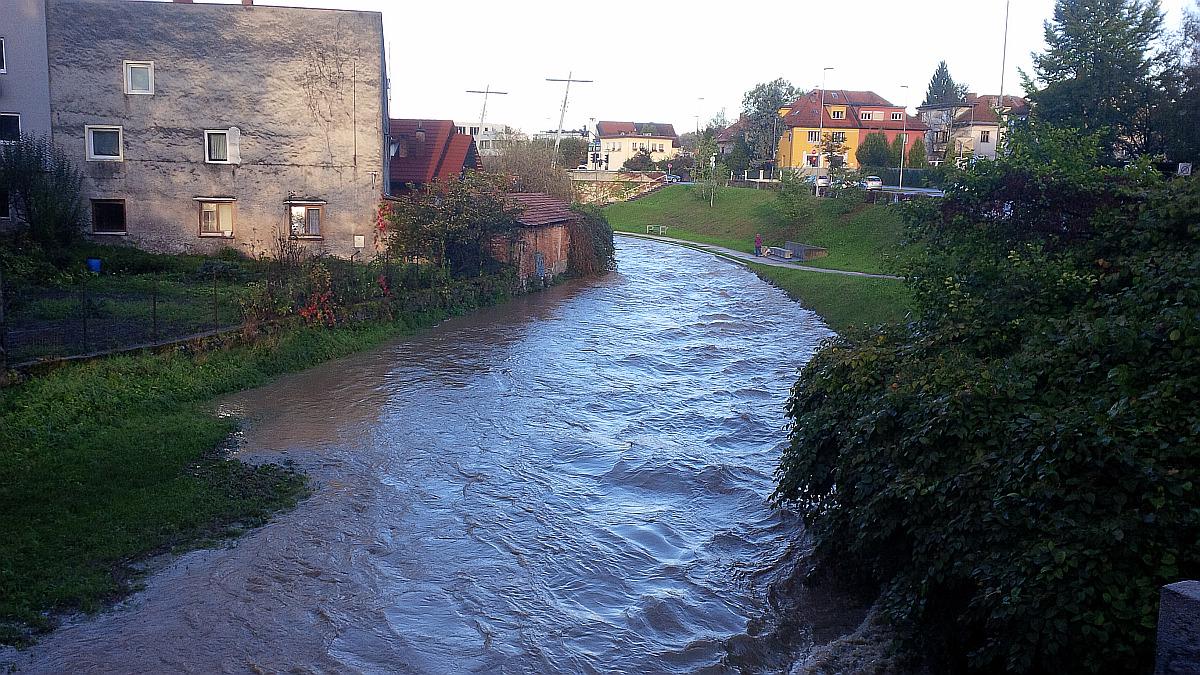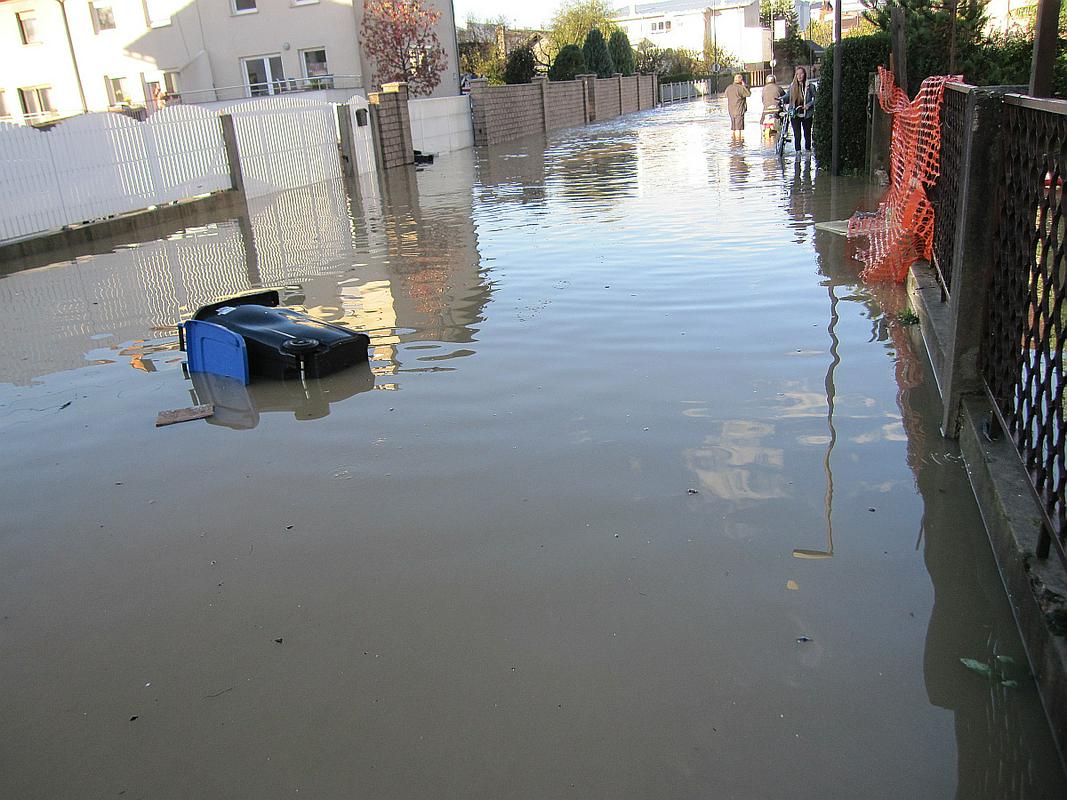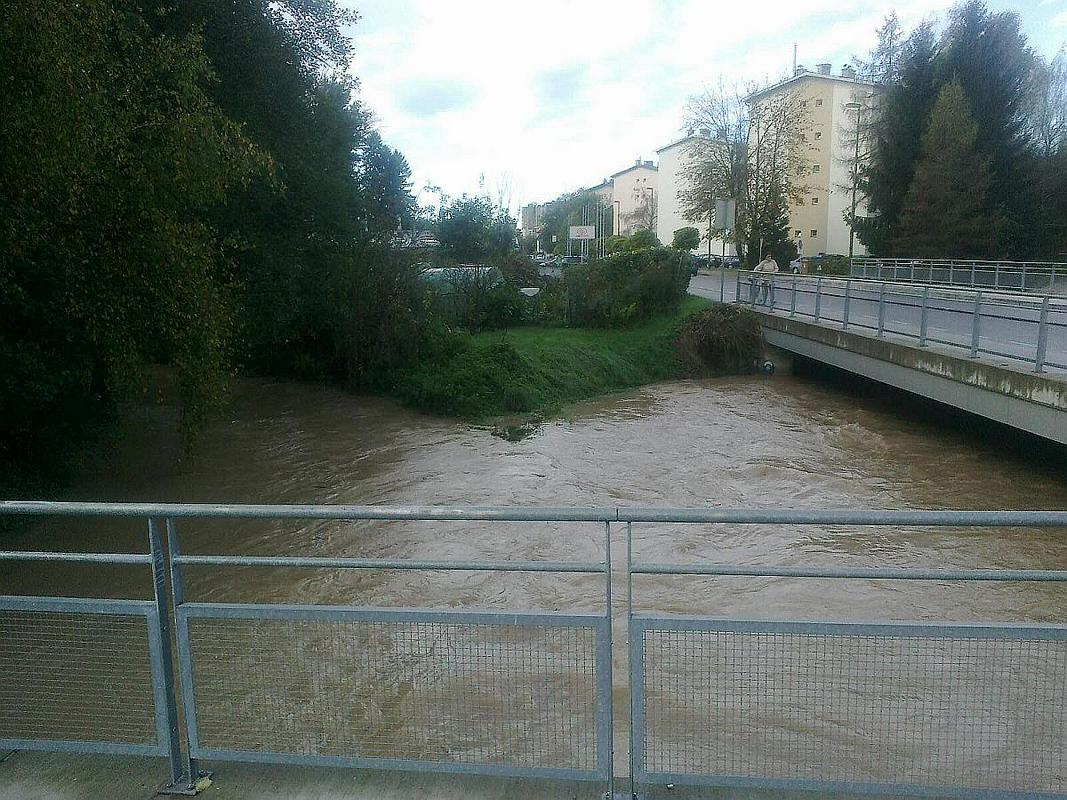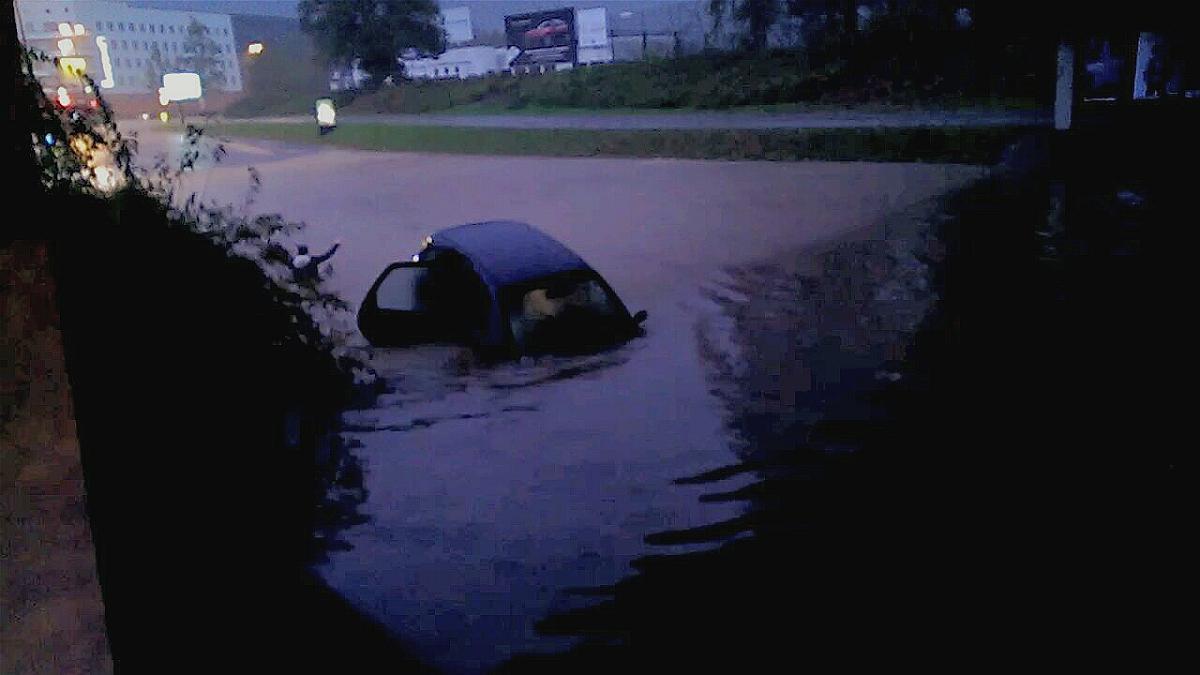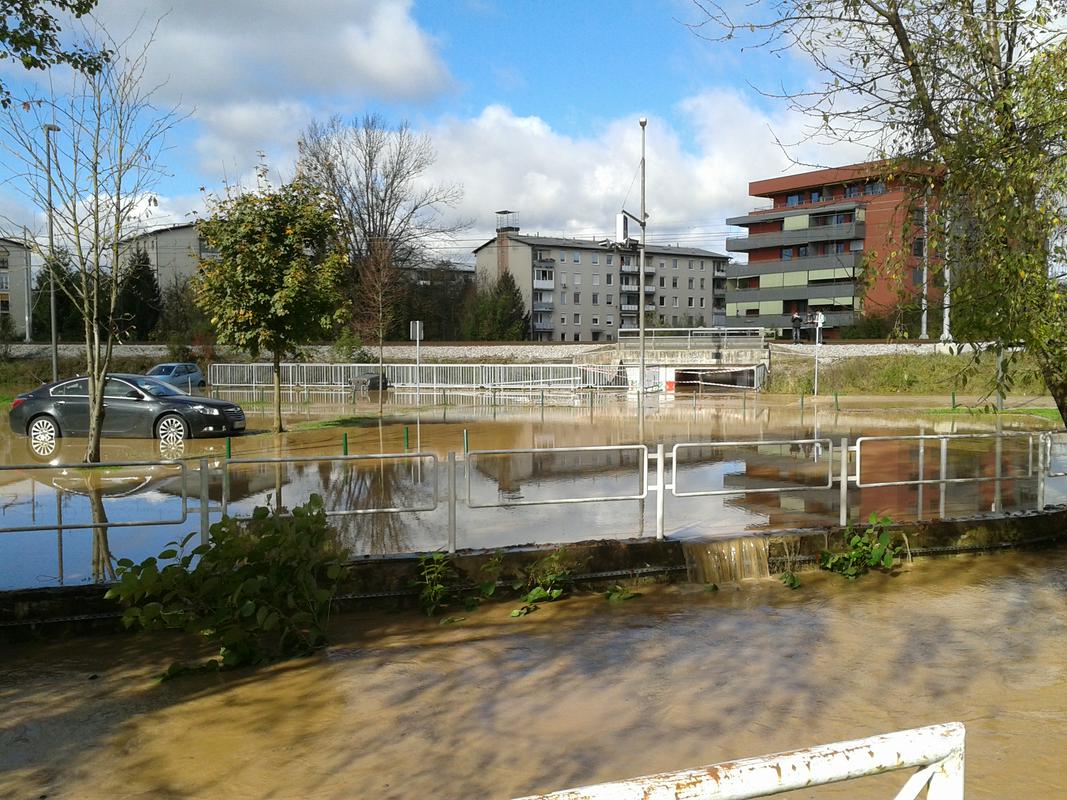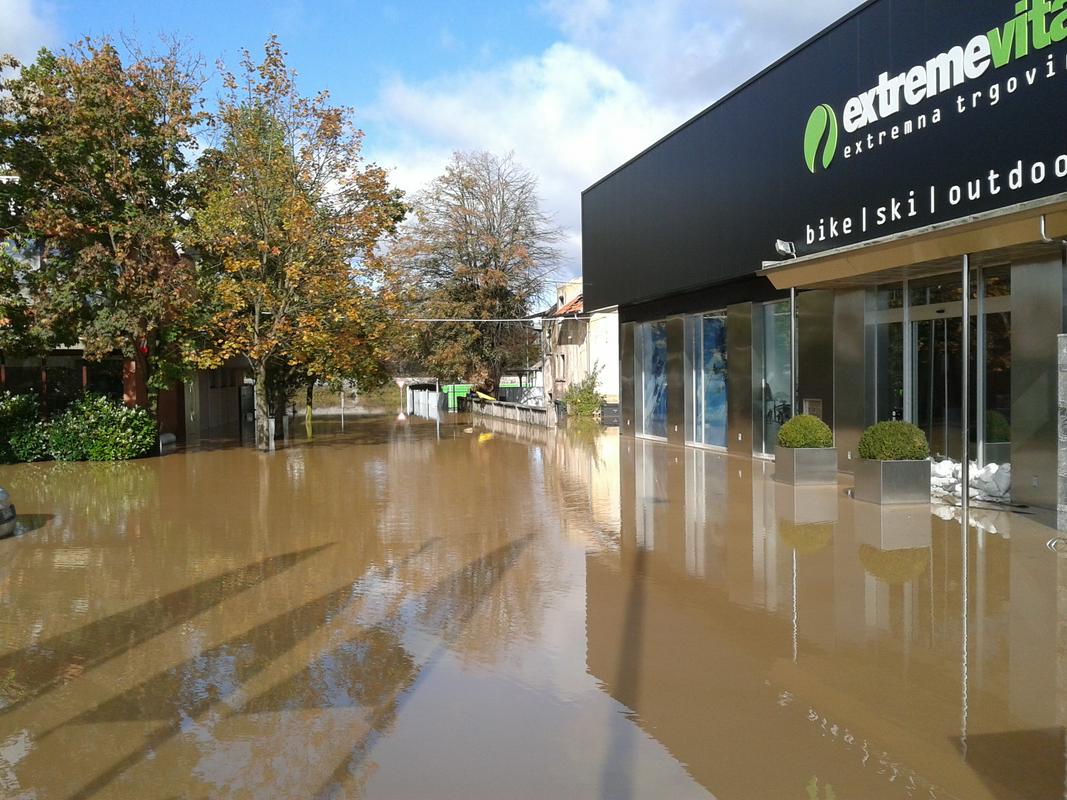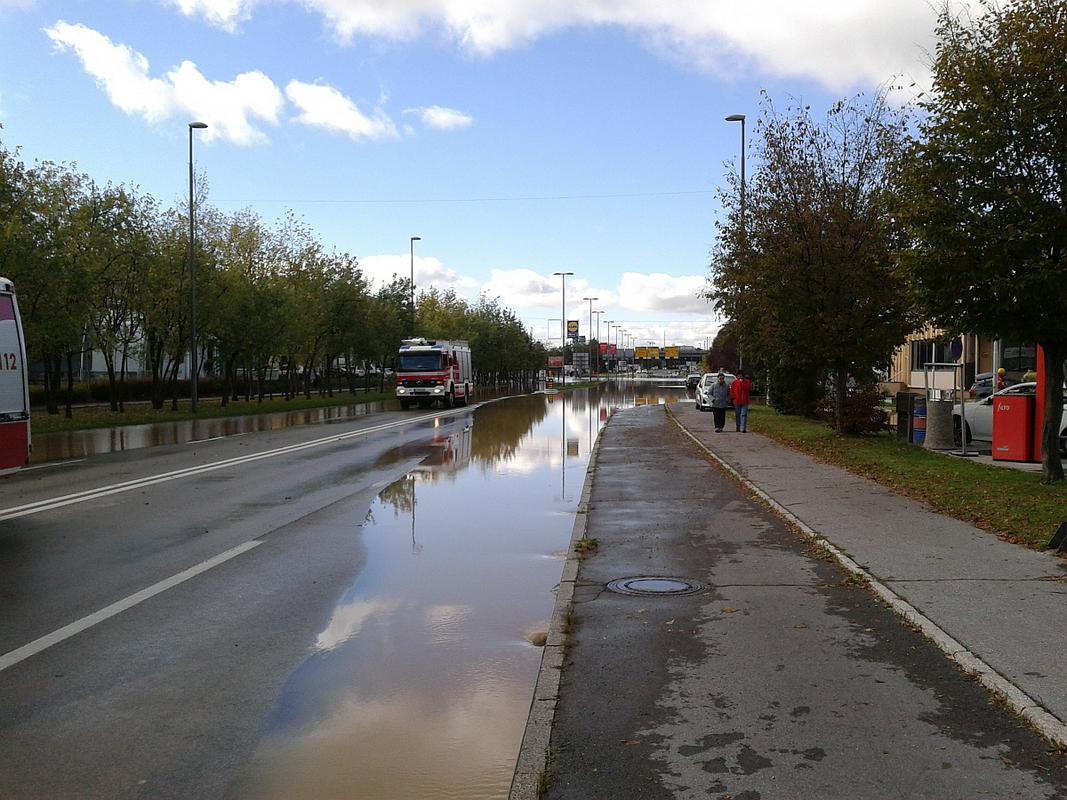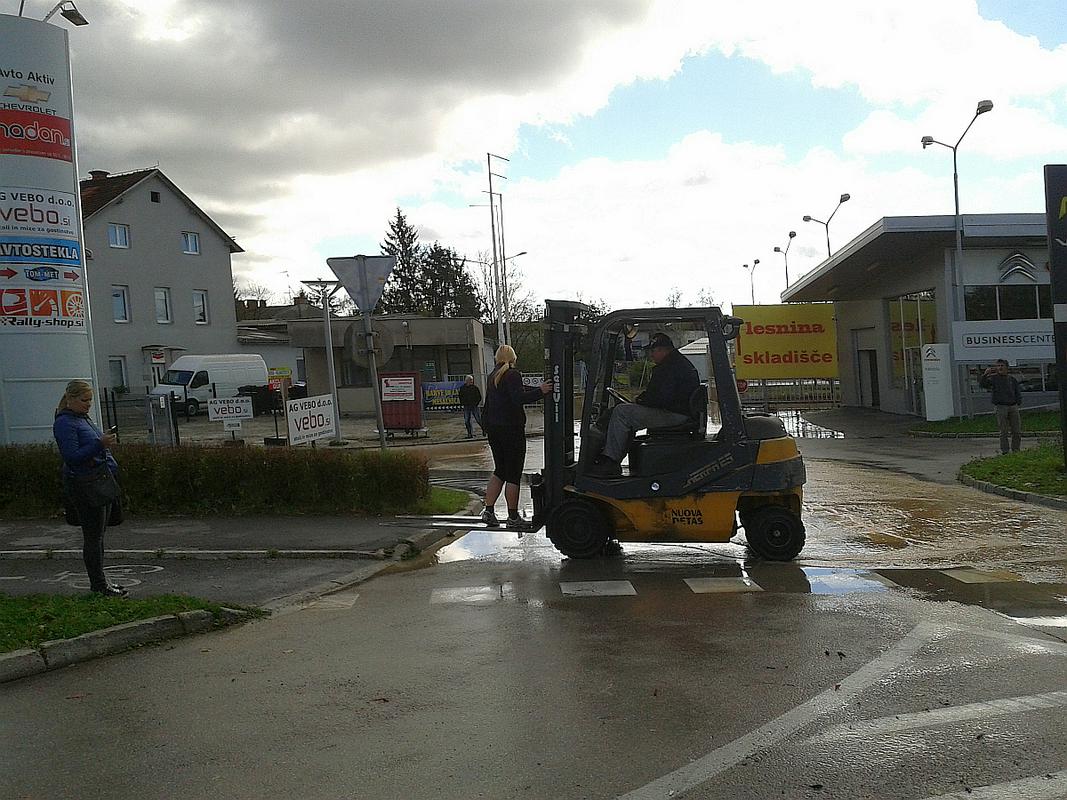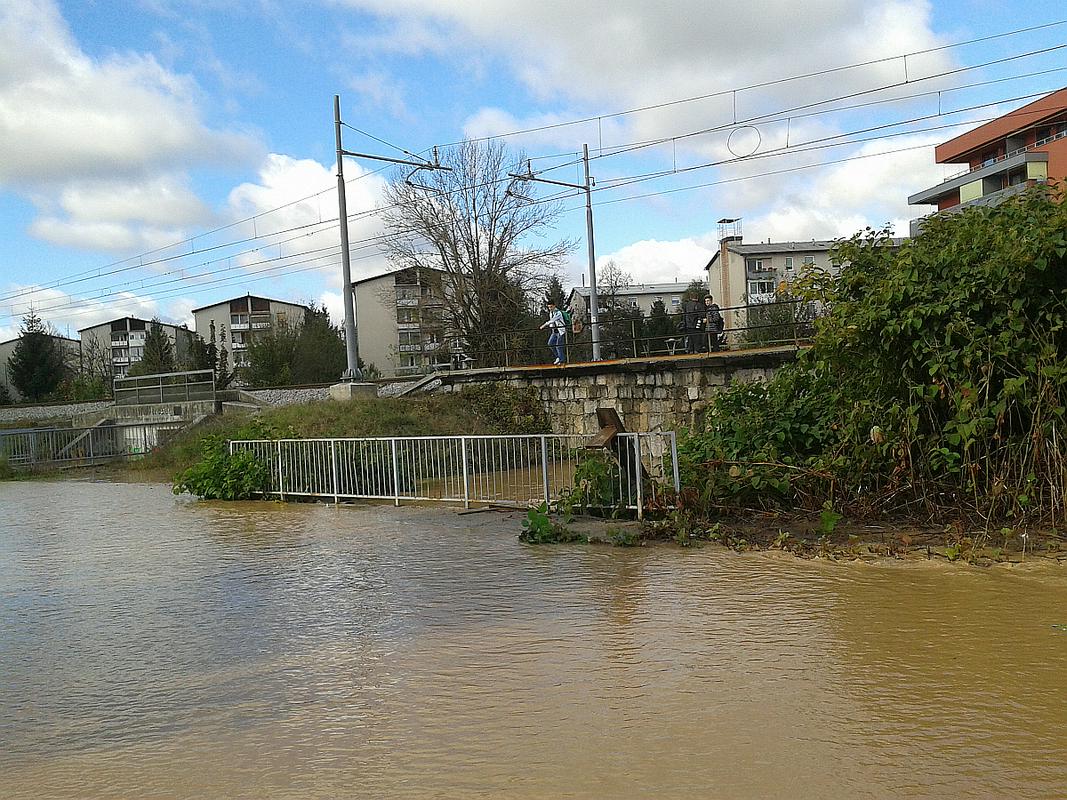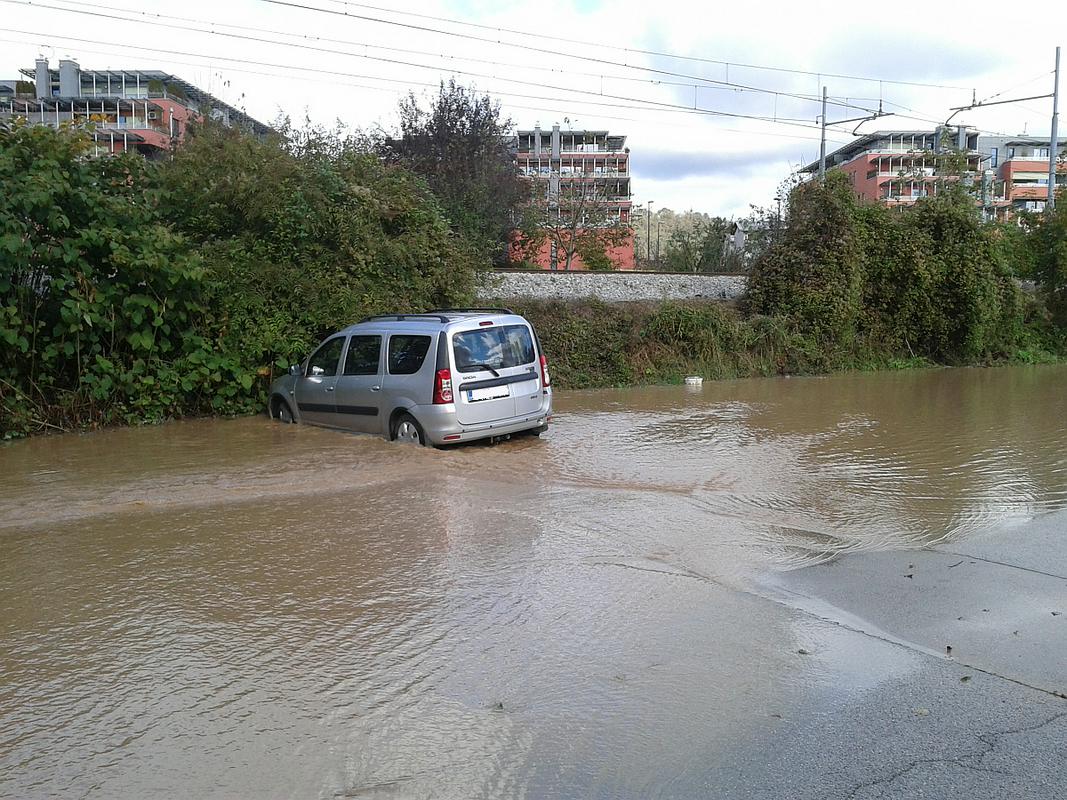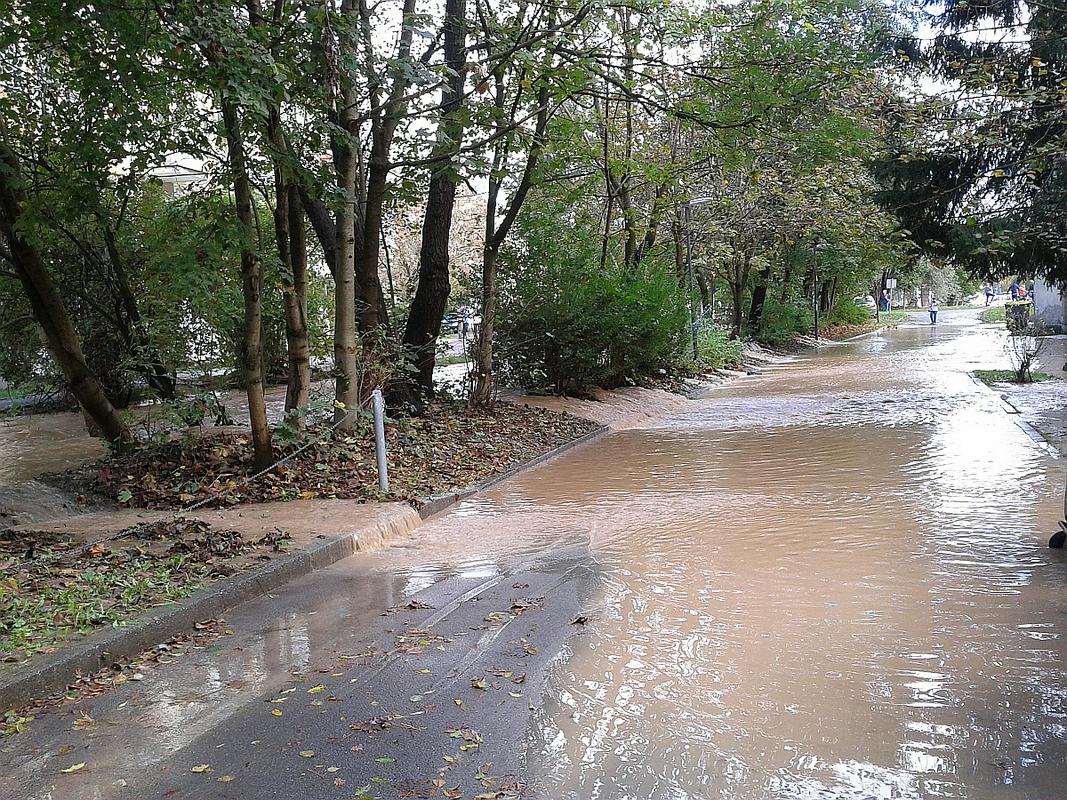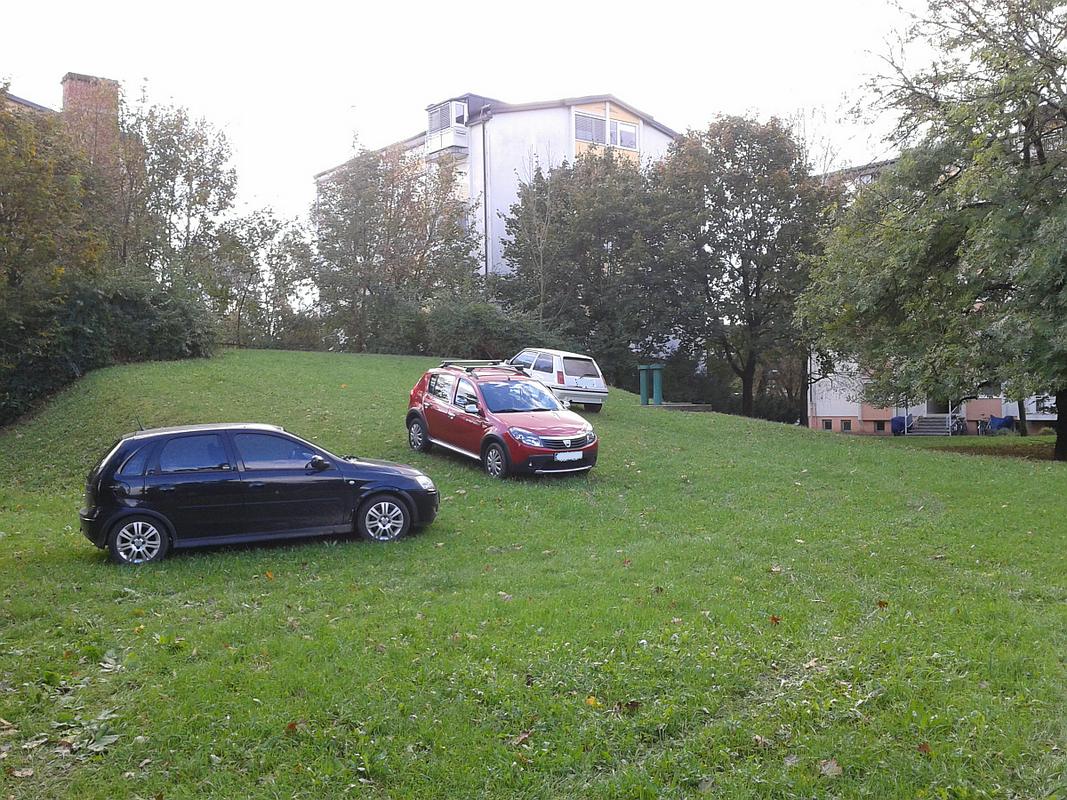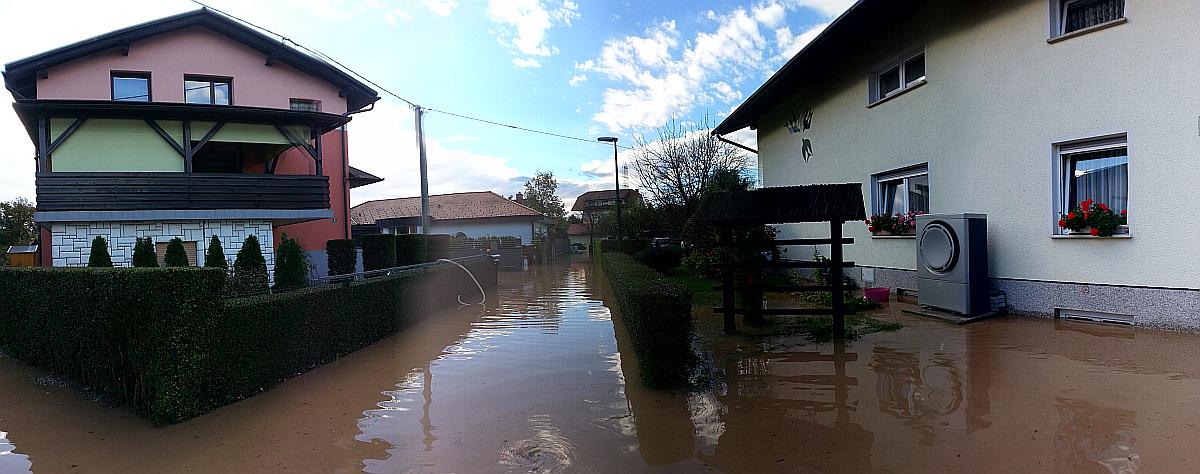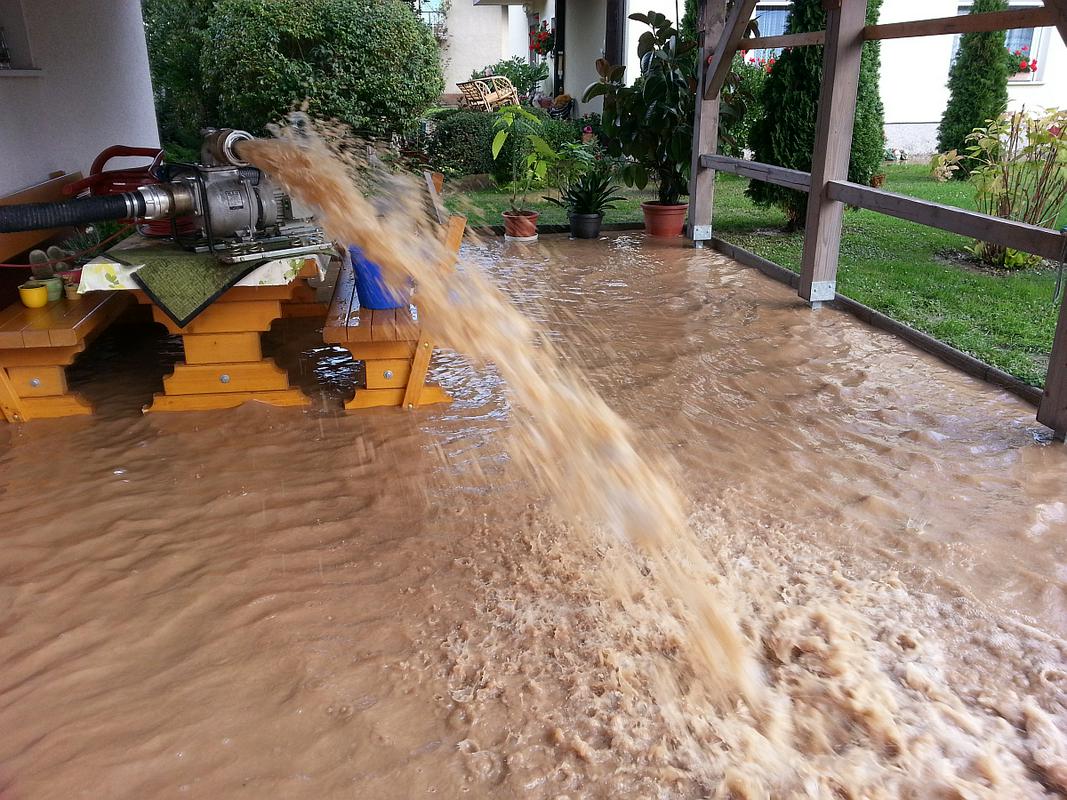
"We are on the safe side for the next ten days," said Brane Gregorčič at the ARSO press conference. He explained that our region was inundated by the polar air; the high instability of the atmosphere, and the preceding warm weather caused circulation of additional precipitations.
Record precipitations at Bežigrad
The quantity of precipitations at Bežigrad, Ljubljana reached the record 24-hour value for October with 137 ml - the quantity of rain that fell in eight hours equals the monthly average for October, said Gregorčič from the Slovenian Environmental Agency ARSO. For comparison: in last 70 years the quantity of precipitations was a little below 100 ml; the first time such quantity was measured in 1926, in 2010, and in September of the current year.
Three epicentres of flooding
Precipitations were the heaviest in the northern and western part of the Ljubljana Basin, with up to 200 200 litres of rain. The severest hydrologic problems occurred in Ljubljana, where larger flooding was registered by hydrologists. According to the hydrologist Janez Polajnar three flood centres were noticed: the first in the valley of the Poljanska Sora river, where smaller watercourses and torrents swelled. The Poljanska Sora river is gradually retreating, it stopped rising and is settling down. The extent of destruction is still being assessed; some bridges collapsed, but it is not yet possible to estimate the damage as the access is still impossible, Polajnar said.
The second epicentre - the Gradaščica river
The second epicentre is the river basin of the Gradaščica river, where torrents swelled in extraordinary sizes, and a number of landslides were triggered. Landslides in combination with underground water caused the most problems, but presently the water is retreating. The water is moving from the Gradaščica river to the third epicentre - Vič in the western part of Ljubljana.
The flooding of the Glinščica creek can be compared to the flooding from 2010, in somewhat smaller extent. The roads and houses at Podutik have been flooded as well.
Poor transmittance of the sewage system
At the press conference Janez Polajnar explained: "Flood waters - combined surface water, and water from the surrounding areas – will remain on the surface during the day, due to poor transmittance of the sewage system. The Mali Graben Canal will start diminishing soon after noon, and water will gradually flow towards the Ljubljanica river. During the day the problems are expected at Vič and Podutik, but towards the evening the condition should stabilize."
According to representatives of ARSO the speed of wind in the Primorska region reached up to 90 km/h. No noticeable inconveniences were encountered in other places. At the Slovenian coast the size of waves reached one and a half meter, the highest ones from the northern direction measured even two metres in height. So far larger damages were not reported.
By the end of the week the weather should settle
In the coming days no special weather phenomena are expected. From Thursday morning till Friday the wind from the Nord will be gaining strength, blowing from the Karavanke Mountain Range along the border with Austria; the speed might exceed 70 km per hour, but in spite of that nothing special is expected in next 20 hours. By the end of the week weather should settle, the average morning temperatures will be 7, and daily temperatures 13 degrees, Brane Gregorčič forecasted.
Water flooded houses
During the night a larger part of the country was affected by strong storms with heavy showers and strong wind, which caused a number of problems. Water flooded houses, strong wind felled trees and uncovered roofs. Many roads are impassable. The situation is the worst at the Gorica, Tolmin, Idrija, Ljubljana, Celje and Maribor regions, but also in Zasavje, and in certain parts of Gorenjska. A number of watercourses have swelled abundantly, and are already posing a threat to inhabitants, just as the Bača and the Sora rivers. It was necessary to evacuate a number of people from the Poljanska valley. Firefighters had to intervene several times because of fires, and the workers of the electric companies due to interruptions of the supply of electric current. The most problems were encountered by the inhabitants of Škofja Loka region.
It will stop raining
According to projections by the Slovenian Environmental Agency ARSO the weather will mostly settle by the afternoon. Brane Gregorčič said for Radio Slovenija that early in the morning it will gradually stop raining, starting on the west, and the wind will stop blowing. In the afternoon short showers are possible, with the temperatures between nine and thirteen degrees Celsius. Tomorrow (on Thursday) it will rain occasionally.
B. T., Al. Ma., Saša Banjanac Lubej; translated by G. K.




















































